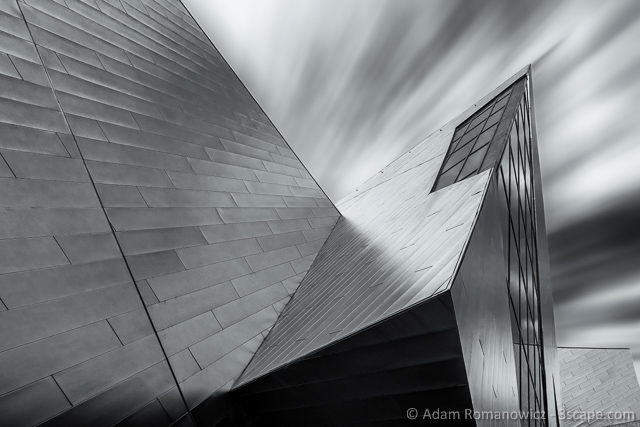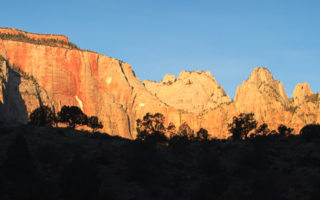Where does this photographer’s evolution begin? Actually, not at all with photography. There are multiple facets of my life that influenced my current passion for travel, photography, and art in general. Read on to learn my story.
Humble Beginnings
As a child and early teenager, I loved to doodle and draw, particularly airplanes. Unfortunately, since my parents weren’t artistically inclined, my creative side wasn’t particularly nurtured. And while I had an interest in drawing, I can’t say that at the time I was really passionate about it either. I was equally interested in electronics and the mechanical workings of anything I could disassemble. So then, and even now, my brain is split down the middle as far as “analytical” and “creative”.
While in high school, I had the opportunity to travel with the Polish Youth Association – basically boy and girl scouts – from around the country on a two-week adventure to Colorado. I wanted to document the experience so I got my first camera, a basic 35mm film point-and-shoot. Again, since I was more interested in capturing memories than creating art, the equipment didn’t really matter. Even if I had better gear, I knew nothing about composition or light for it to matter. Still, hiking in the wilderness of Colorado, it was difficult not to capture a beautiful landscape.
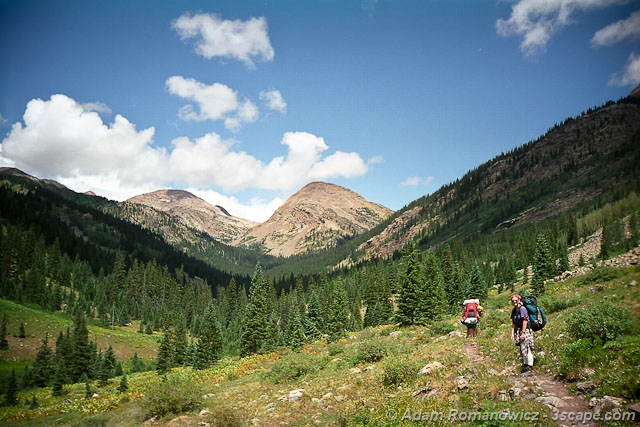
Unfortunately, after high school the camera was tossed into a drawer and rarely used during my college years, other than during the occasional spring break getaway. I was too busy with my studies to travel or shoot. In my spare time, I did however, gain an interest in graphic arts and this amazing new thing called the World Wide Web. Thus began a new melding of multiple interests.
Stoking The Flame
Near the end of my college career, developing my website spurred the desire to show off my digital artwork. This quickly reignited my interest in photography, and I soon purchased my first SLR, a Canon Rebel 35mm film camera with the included kit lens. The camera was fairly basic, but had both automatic and manual features, and built in light metering.
Around the same time I gained some opportunities for travel, which became a complementary passion with photography. Over the next few years, this basic kit and additional Sigma 70-300mm telephoto zoom lens exposed film in the US Virgin Islands, Cozumel, Bahamas, a return to Colorado, and road trips to the northeastern and southeastern extremes of the United States.
While I was trying to learn about composition, light, and proper exposure, it was a challenge because there was no immediate feedback. I had to wait until my film was processed before realizing how many mistakes I made. I also read some books like Bryan Peterson’s Understanding Exposure and Learning to See Creatively which helped immensely.
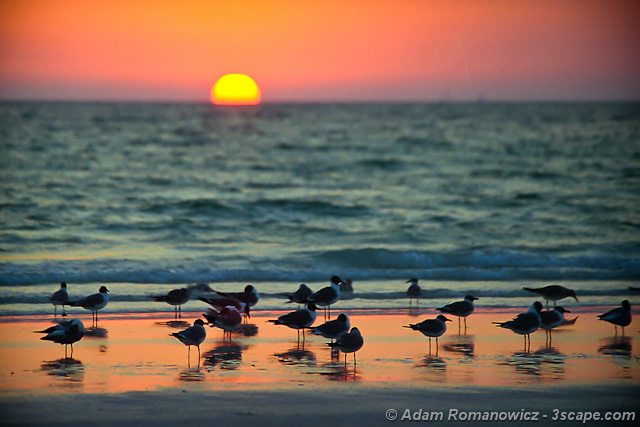
The Digital Revolution
By 2002, I was ready to jump into digital. I started with a point-and-shoot again – a 4mp Canon Powershot S40. This great little camera had all the features of my film camera, including manual shooting capability. For the next year, I shot with this camera almost exclusively. Being able to shoot and learn from countless frames without wasting film was a wonderful learning tool. Being small, it was also the only camera I took on a three week tour of Europe. Thus began my “shoot everything” phase. Since I was no longer paying for film and processing, I could now afford to snap everything in sight. Though instant feedback was great, it made me think less about each shot, so I came away with a lot more throw-away frames.
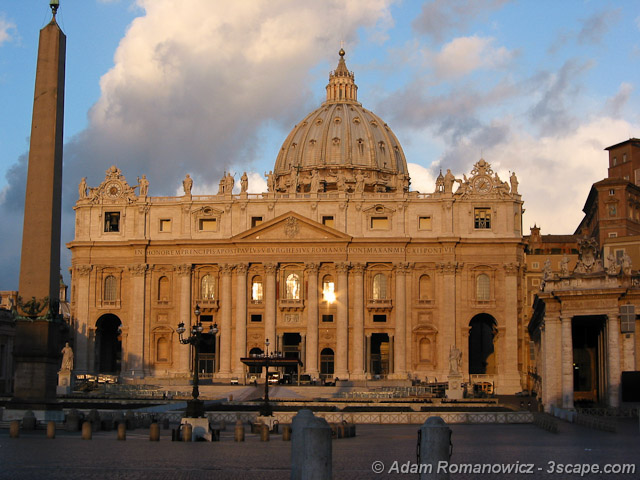
The next year, I decided to retire my film camera for good and start my collection of digital gear. My first DSLR was a Canon (notice the trend here) EOS 10D. Since I already had a few Canon mount lenses and was familiar with the brand, it was an easy decision. This is where I got even more serious about learning the art of photography. I studied technical aspects such as use of all the features of an SLR – shooting RAW, manual and program controls, and proper exposure. I read more books and learned more about creative exposure, depth of field, composition, light, and seeing creatively. I also started thinking more about every exposure, trying to plan ahead for the look and feel I was trying to accomplish in the final image.
The Addiction
What comes next? More gear of course! The more you learn about your craft, the more you want to refine or upgrade your tools. First upgrades were lenses of course. I still had my 28-80mm kit lens, but I wanted something wider so I bought a Sigma 17-35mm wide angle zoom. Then I felt the 28-80mm wasn’t sharp enough so I upgraded to the Canon 28-135mm, which became my new go-everywhere lens. Next on the list was a better zoom, since my old Sigma didn’t cut it for airshows. I bit the bullet and bought my first piece of “L” glass – the Canon 100-400mm f4.5-5.6L IS USM.
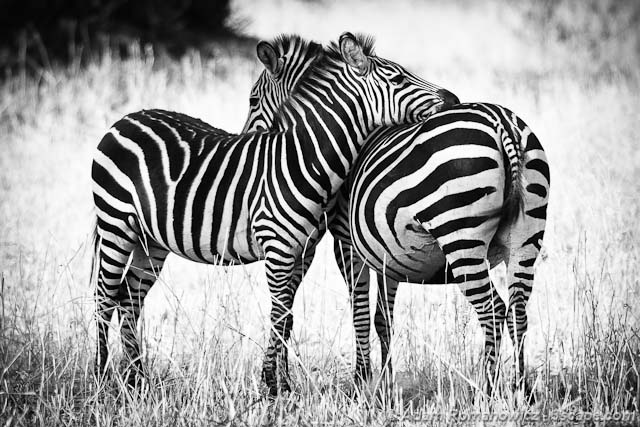
This is about the time I started hearing people on the street say “Hey, nice camera, you probably get some great pictures”, which still makes me cringe. Good equipment does not make a good photographer. A good photographer can use the cheapest or simplest camera and still capture a beautiful moment. So my education continued through books, magazines, workshops (RMSP), forums, and lots and lots of practice and experimentation.
And…. more gear! As the years drag on, more and more pixels are packed into the same amount of space. Naturally, at some point I had to grow into a better DSLR – first, a Canon EOS 40D and eventually to my current camera, the Canon EOS 5D Mark III and 24-105mm lens. I also travel with a point-and-shoot when I want to go light or just be inconspicuous – the amazing Canon G7x. My cell phone is always with me, even when my cameras are not, and although I won’t be making large prints from a cell phone camera, I still take the opportunity to be creative.
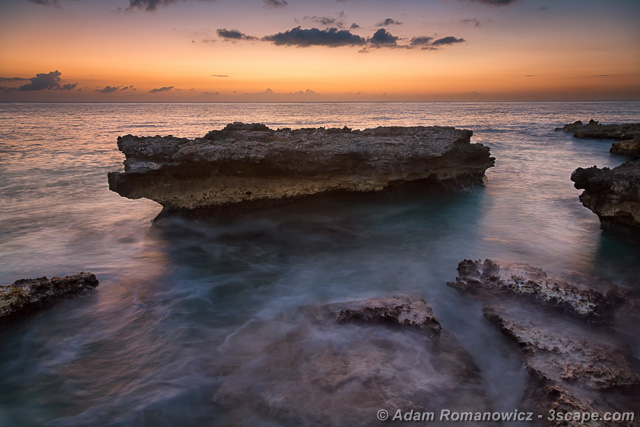
Like camera technology, processing capability has advanced an incredible amount since I first started shooting digital. Techniques for increasing dynamic range, shooting ultra-long exposures, and stitching panoramic images have improved. Technology also fosters new creativity, and as more and more people jump into this art, photographers need to continue evolving and coming up with fresh ideas.
My journey and evolution as a photographer continues. I’m always trying to learn and practice new techniques both in the field and in the digital darkroom. I love to experiment with Photoshop, new shooting techniques, and upcoming or revolutionary gear such as mirrorless, micro four thirds, or light field cameras. There’s also a new camera technology emerging from a company called Light that uses 16 lenses and sensors to capture an image. It’s really fascinating where photography is going, and I’m glad to be along for the ride.
Parting Shot
